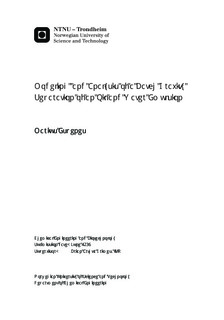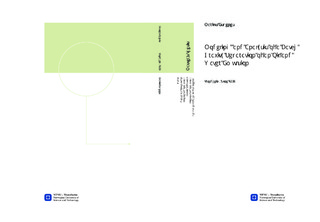| dc.description.abstract | A model for simulating the separation of an emulsion in a batch gravity settler was tested. This model is based on a population balance which considers a non-uniform droplet distribution, where coalescence occurs simultaneously as the film drains during the time of contact. This model also incorporates the physical properties of the bulk fluids, liquid-liquid interface, the effects of surface properties and the squeezing forces subjected on the droplets.
The population balance predicts the dynamic and spatial evolution of the dropsize distribution across the entire batch separator. The model was used to fit data for local fractions from experimental data in order to compare the model results with actual experimental results.
The prediction of the dynamic and spatial evolution of the drop size distribution allows one to calculate the backflow of the continuous phase and drop growth rate (the first moment of the volume weighted coalescence birth function). These two calculated values allow one to make a semi-quantitative description of the individual sedimentation and binary coalescence rates, based on the types and concentration/composition of demulsifiers or mixtures of demulsifiers used for separation.
The experiment consisted of an water in crude oil emulsion with added demulsifier. Five experiments were tested, with varying ratios of the two different demulsifiers, Demulsifier 1 and Demulsifier 2.
The results for the different demulsifiers demonstrated that pure Demulsifier 2 provided the fastest separation of this water in oil emulsion, this was due to the large initial droplet size in this mix. However, the blend with 50% Demulsifier 1 and 50% Demulsifier 2 had the largest maximum continuous phase velocity (Uf,max) and maximum drop growth rate (Rg,max), which resulted in a fast separation, 25min for complete separation as opposed to 16min for the pure chemical Demulsifier 2. The large value of Uf,max indicate fast sedimentation and Rg,max indicate fast binary coalescence, however the large initial droplet size for the pure Demulsifier 2 provided the fastest separation.
This separation model could then be used to develop chemical destabilization strategies to knock out a significant fraction of the emulsified water and reduce process volumes and energy consumption, which could reduce greenhouse gas emissions and improve process economy. | |

